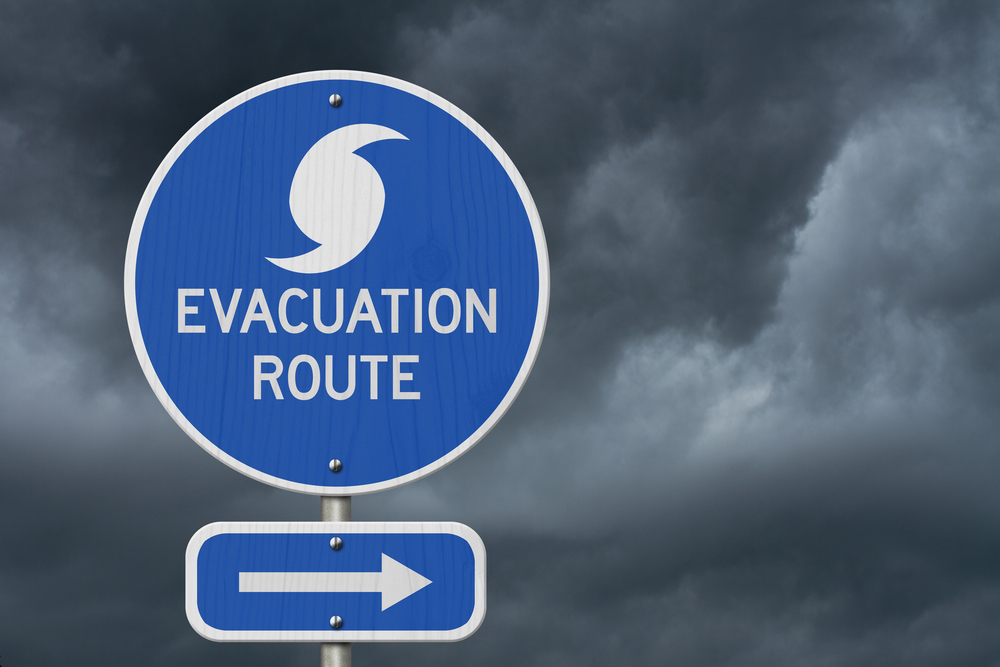Reimbursement for Evacuation Costs: Help Clients Understand This Coverage

By Nancy Germond
Last week, the National Oceanic and Atmospheric Administration’s (NOAA) National Weather Service announced that its prediction remains on track for an above-normal Atlantic hurricane season, which means clients in coastal regions should prepare for the possibility of mandatory evacuations.
At the same time, wildfire risks continue to grow, as recent fires have forced thousands to leave their homes unexpectedly. Currently, firefighters in California are battling a blaze near Santa Barbara and San Luis Obispo—the Gifford Fire—that has spread across nearly 120,000 acres. Meanwhile, in western Colorado, two lightning-caused wildfires have consumed more than 120,000 acres so far. The Lee Fire—now the fifth largest wildfire in Colorado history—forced evacuations in two counties.
The Dragon Bravo Fire on the North Rim of the Grand Canyon has devastated more than 140,000 acres and destroyed about 100 structures, including the historic Grand Canyon Lodge.
These threats make it essential for independent insurance agents to educate clients on how their insurance policies can help cover evacuation-related expenses.
“I want evacuees to know that additional living expense coverage can help alleviate the stress and financial burden of mandatory evacuations,” California Insurance Commissioner Ricardo Lara stated in response to the Gifford Fire. “Evacuated residents should keep their receipts and contact their insurance agent to understand their coverage and any additional resources available during this time.”
Evacuation costs can quickly become overwhelming for policyholders. Expenses for temporary housing, transportation, meals, pet care and storage can quickly add up, and many clients are unaware that these costs may be reimbursable under their existing insurance policies.
Most homeowners, renters and commercial property policies include additional living expense (ALE) or loss of use coverage, which reimburse reasonable and necessary expenses incurred when a covered peril forces an evacuation.
However, coverage details and limits vary, so it’s important your clients understand exactly what their plans cover. It is also important to make sure clients know that, while temporary accommodation will be reimbursed for a certain period of time, mortgage payments will still need to be handled by the property owner. Additionally, ALE limits are separate from any coverage you receive to rebuild or repair your home and replace your belongings.
When explaining reimbursement for evacuation costs to clients, emphasize that coverage typically applies only when an evacuation is caused by a covered peril and usually requires a government-issued mandatory evacuation order.
Further, clients should know which expenses qualify for reimbursement, but just as importantly, they must keep detailed receipts and records of all evacuation-related spending to support their claims.
Policy limits and time frames for reimbursement can also differ, so reviewing these details with clients will help set expectations and avoid surprises during a difficult time.
In this environment of increasing disaster risk, your role as an independent agent goes beyond selling policies. Encourage clients to review their policies regularly, understand their coverage limits and consider having an emergency fund to cover upfront evacuation costs.
Accurate valuations are crucial because they ensure clients have the right amount of coverage to fully protect their property and avoid costly gaps or disputes during a claim.
Offering clear, proactive guidance now will build stronger client trust and ensure they feel supported when natural disasters strike.
Nancy Germond is Big “I” executive director of risk management and education.







